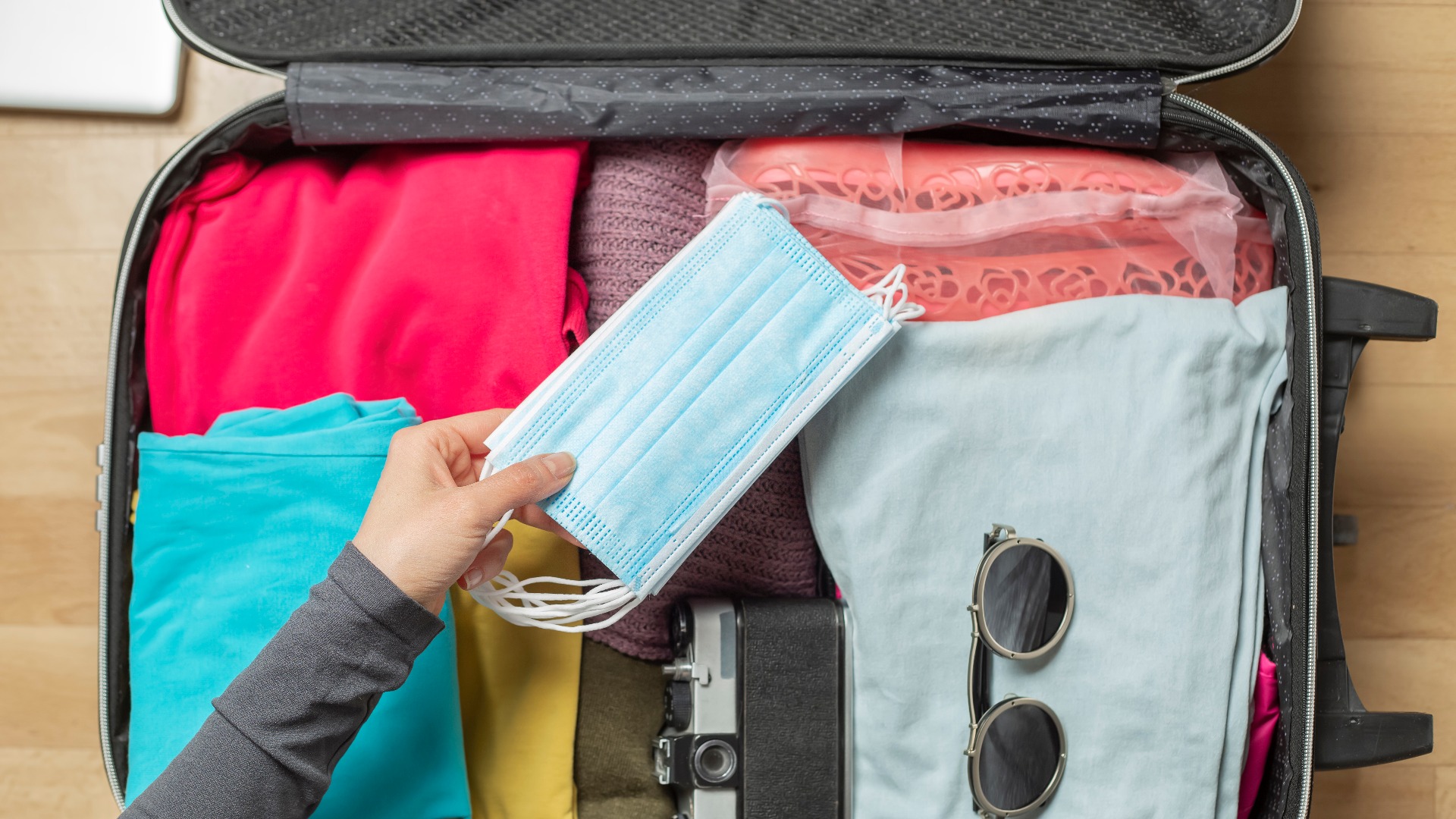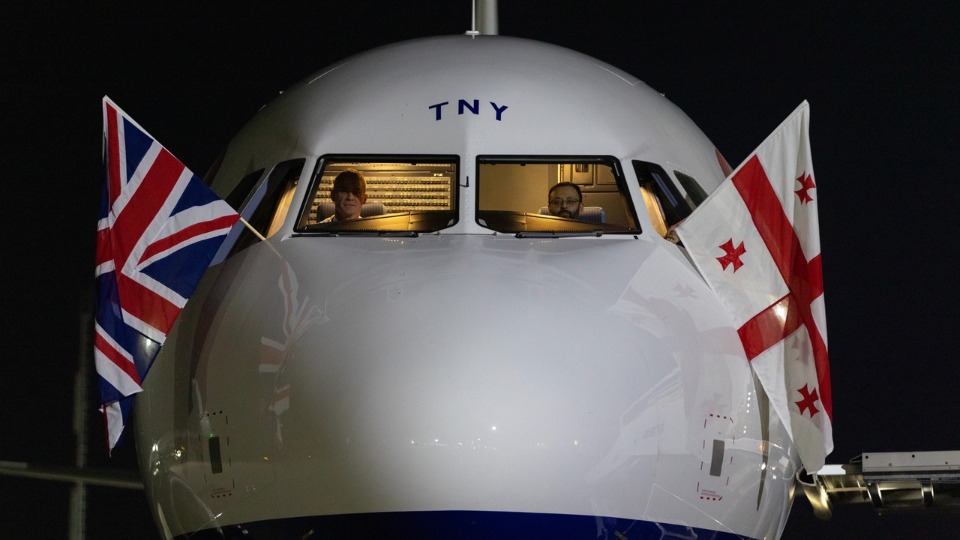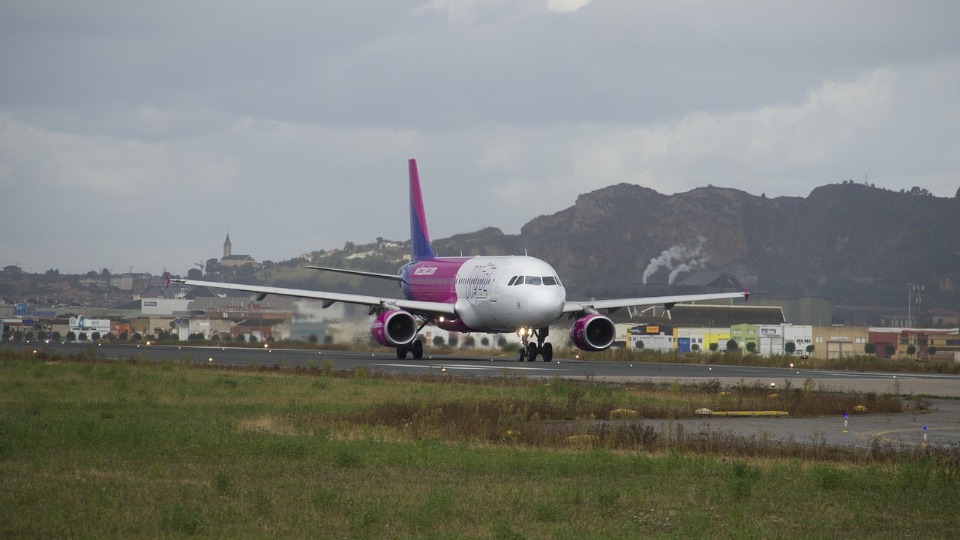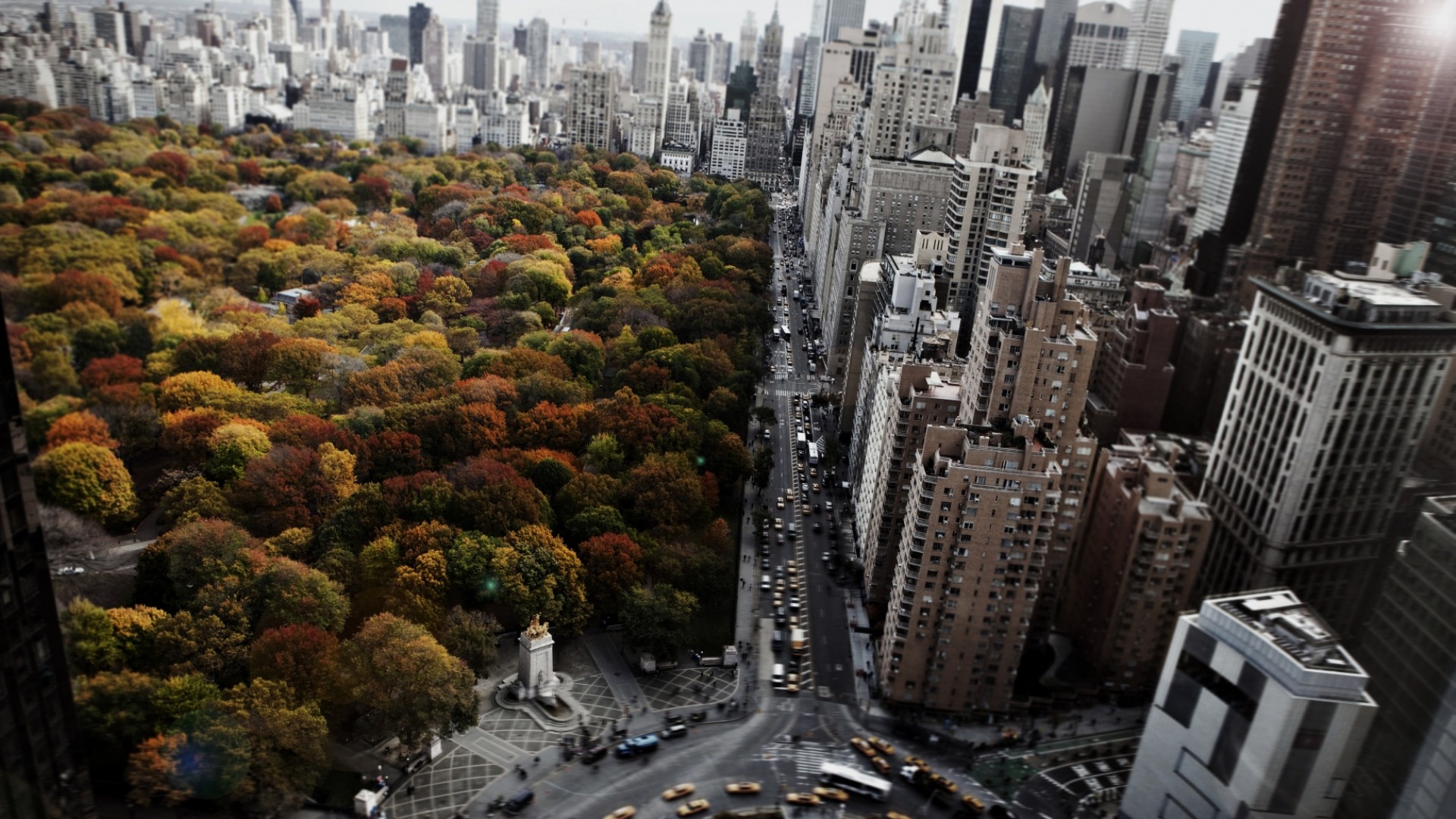
China Is Now Allowing Quarantine-Free Border Travel

After almost three years of seclusion, China has lifted its quarantine restrictions on some of the foreign visitors.
China has ended its almost three-year self-imposed quarantine by lifting pandemic travel bans and removing containment rules for incoming visitors.
According to the state-run China Global Television Network, the first passengers to come under the new restrictions arrived at airports in the southern cities of Guangzhou and Shenzhen. It was alleged that none of the 387 passengers on flights from Singapore and Toronto in Canada were required to undergo Covid-19 testing upon entry or spend five days in isolation.
Reduced restrictions on international travel signal the end of China's rigorous "zero-Covid" regime.
After unprecedented demonstrations against the restrictions last month, Beijing started dismantling the tough tactics of compulsory quarantines, rigorous curfews, and regular testing. However, the sudden policy shifts have made the virus accessible to a large proportion of the country's 1.4 billion people, generating an outbreak that is straining the resources of many medical facilities, depleting stock at many pharmacies, and causing lengthy queues at many funeral homes.
On the other hand, the rescinding of quarantine regulations makes it possible for many Chinese citizens to go overseas for the first time since the closure of borders back in 2020. At the same time, foreigners are still only permitted to enter China for business or family trips, and the country's borders remain closed to holidaymakers.
Concerns over Beijing's "under-representation" of cases and mortalities from the disease, as well as the possibility of the development of new and more virulent Covid sub-variants, have prompted more than a dozen countries to enforce mandatory virus testing on commuters from China ahead of the anticipated surge in tourists.
These restrictions on travel have been deemed "unacceptable" by Beijing.
Although the severity of the Chinese pandemic warranted some worry for Chinese tourists, experts believe there is little chance that Chinese tourists would cause an outbreak in the nations they visit.
Yanzhong Huang, senior representative for global health at the Council on Foreign Relations headquartered in the United States, commented for Al Jazeera:
“People have reason to be concerned about high volume of travellers from China. But I don’t think it’s reasonable to view these passengers as diseased or dangerous. So far, there is no evidence of emerging new sub-variants from China. And given that most of these destination countries have learned to exist with the virus, the influx of the Chinese visitors is not going to lead to a spike in cases in those countries.”
As the country celebrates the 40-day period of Lunar New Year travel known as Chunyun, millions of people are likely to move from the cities worst afflicted by coronavirus to the provinces to see their families, particularly vulnerable senior relatives. Since 2020, domestic travel has not been restricted on the occasion of the Lunar New Year public holiday, which begins on January 21 this year.
In a recent survey, online responses were divided on the matter, with some welcoming the opportunity to see relatives for the first time in years around the Lunar New Year. However, several others said that they would not go this year due to concerns about spreading germs to their older family members.
There is widespread worry that the massive return of city employees to their home towns would lead to an increase in infections in places less prepared to cope with them than larger cities, such as those that have fewer intensive care unit beds and ventilators.
More rural clinics are being opened, and the government has established a "green route" for high-risk patients, such as the elderly and those with pre-existing diseases, to be moved from the villages to larger hospitals.
“China’s rural areas are wide, the population is large, and the per capita medical resources are relatively insufficient. It’s necessary to provide convenient services, accelerate vaccination for the elderly in rural areas and the construction of grass roots lines of defence,” declared National Health Commission spokesperson Mi Feng in a recent interview.
On the other hand, the present outbreak, according to some experts, may have reached its height already. Ernan Cui, expert analyst at Gavekal Dragonomics in Beijing, said that there was "not much difference between urban and rural areas," referring to questionnaires that showed rural regions were already more commonly exposed to Covid infections than previously assumed.
At the same time, limitations on travel between the Chinese mainland and Hong Kong, a city with some degree of autonomy, were eased.
After registering online, up to 50,000 Hong Kong residents each day would be able to cross the frontier at three land checkpoints, as well as another 10,000 will be able to arrive via sea, air, or bridge while no enrolling will be required.
As of Saturday, national broadcaster RTHK claimed that more than 410,000 people had signed up to undertake the trip so far.
Source: aljazeera.com








